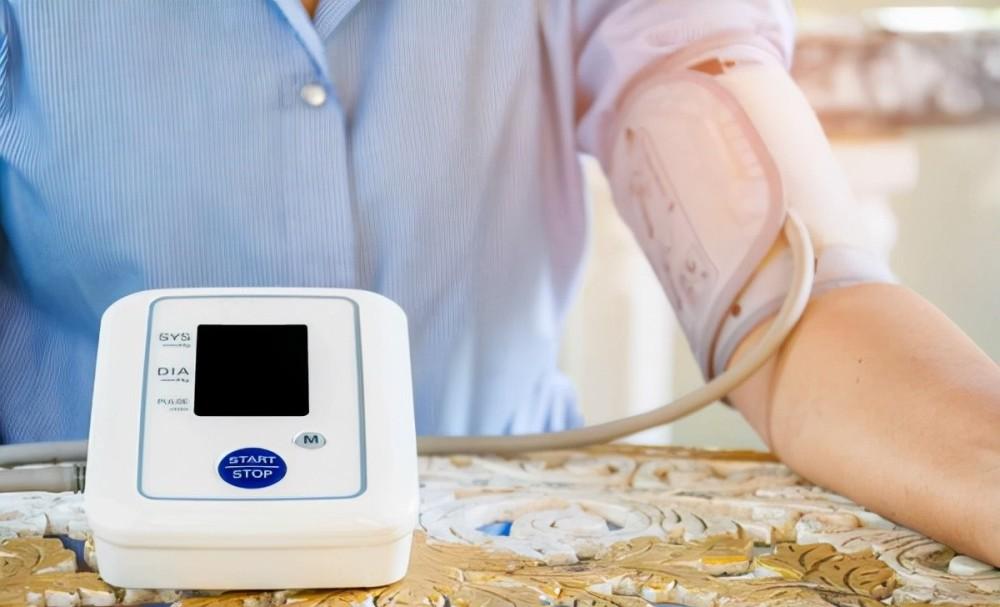Do you know about how many people with high blood pressure are in the world? Nearly 1 billion people!
Affected by the large population base in China, nearly 1/3 of these patients are from China!
According to the calculation of China's total population, on average, there are 1-2 patients with hypertension in every small family of 4 people!

It is precisely because hypertension is more common that many people do not attach too much importance to it, and even understand it very one-sidedly. In fact, the so-called hypertension refers to the disease with increased arterial blood pressure as the main symptom, and arterial blood pressure is expressed in millimeters of mercury (mmhg) as a unit.
Arterial blood pressure clinically includes two parts: diastolic blood pressure and systolic blood pressure, which is often referred to as low pressure and high pressure.
Under normal circumstances, a healthy adult:
Normal systolic blood pressure should be below 120 mmhg, and normal high values are between 120 and 139 mmhg.
Diastolic pressure should be below 80 mmhg and normal high values between 80 and 89 mmhg.
Once the blood pressure exceeds the normal high value, the systolic blood pressure exceeds 140 mmg, and the diastolic blood pressure exceeds 90 mmhg, it can be diagnosed as a hypertensive disease.
Clinically, more than 95% of hypertension in China is essential hypertension.
However, in patients with essential hypertension, systolic and diastolic blood pressure are not always elevated. In some patients, the systolic blood pressure is in the normal range during the examination, but the diastolic blood pressure has a significant upward trend, and many people do not pay attention to it.
So the question is, can this increase in diastolic blood pressure be diagnosed as high blood pressure?
According to the current clinical data, as long as the blood pressure is equal to or exceeds 140/90mmhg, it has met the clinical diagnostic criteria for hypertension.
But this is not absolute, and the two indicators can be diagnosed together or judged separately. In the most popular terms, whether it is systolic blood pressure or diastolic blood pressure which is not in the normal range, can be diagnosed with hypertension.
Usually, if a patient's diastolic and systolic blood pressure exceeds the normal range at the same time, this is a typical hypertensive disorder.
If only the systolic blood pressure exceeds the normal value, this condition is clinically called simple systolic hypertension.
Conversely, if only the diastolic blood pressure exceeds the normal level, but the systolic blood pressure does not exceed the standard, this is simple diastolic hypertension.
So is it dangerous for simple diastolic blood pressure to rise? How should it be treated?
According to the current clinical data, the simple increase in diastolic blood pressure basically appears in young and middle-aged people, and it is significantly higher than the increase in systolic blood pressure.
Because elevated systolic blood pressure cannot be reversed by lifestyle changes and drugs, patients can only take antihypertensive drugs for a long time to control, but the increase in diastolic blood pressure is not the same;
In most cases, elevated diastolic blood pressure is related to factors such as high work pressure, excessive stress and busy life, and less exercise.
Due to lifestyle effects, the patient's peripheral arterioles have abnormal resistance, arterial spasm, and contraction. However, it has not yet caused real and substantial damage to the blood vessels, so there is a possibility of reversal.
Finally, we should remind everyone that after the increase in diastolic blood pressure, patients need to actively seek medical treatment for examination and make relevant life adjustments according to the doctor's recommendations, such as developing good living habits, staying away from cigarette and alcohol injuries, avoiding long-term staying up late, maintaining emotional stability, and rationally arranging diets.
After life adjustments are ineffective, patients also need to take related antihypertensive drugs.